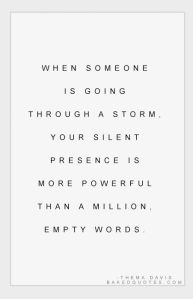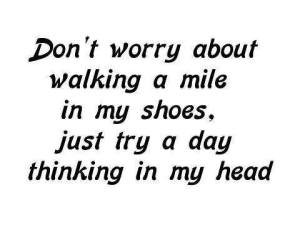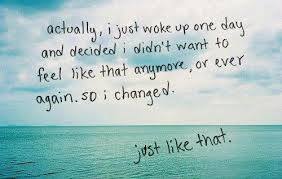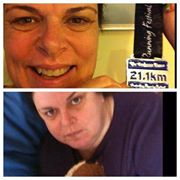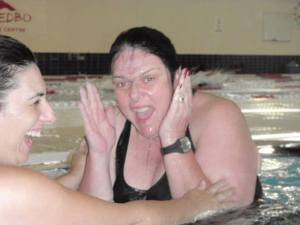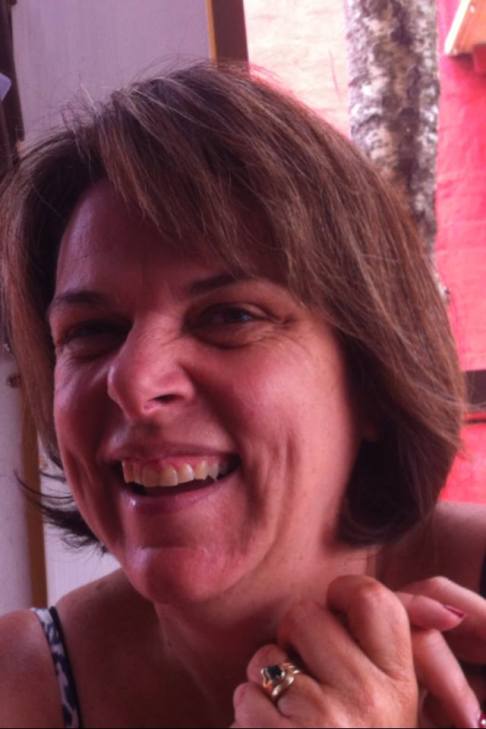Why I write …
It’s been a while since I wrote a blog post and I feel bad for not posting more often. That said, there is a reason for it and I know that ultimately for my long-term vision, the delays now will translate to the freedom of expression that I yearn for later. I am hoping that this post will help clarify what is going on for me and where I am heading with my destiny.
I have been invited to participate in a blog hop by a lovely lady named Leanda. She writes over at Write to Heal. To find out more about her work please visit her site and check out the incredible work she does. I guess the easiest way to explain a blog hop is to say that it is a tool to assist bloggers and writers to link and network with each other. Readers are also given a chance to learn more about the blogger/writer and what makes them tick. The topic I have been challenged with is “why I write” …
What am I working on?
I work as a counsellor and have been doing so for 10 years. My current job has provided me with the opportunity to transform from a new counsellor with raw talent to a professional clinician. Part of my job is to write and develop group workshops. I have recently launched a range of half-day workshops to help people with a variety of issues that are relevant for our client base. The response to these has been nothing short of amazing and the outcomes have been powerful.
I am also studying a Master’s degree in Applied Psychology. I’ve been performing practicum requirements in a placement workplace whilst simultaneously attending classes on campus, learning about neuroscience (what happens inside the brain when it is impacted by issues such as trauma, addictions and mental health) and how this translates into the day-to-day practice of psychology. This has given me invaluable information in how to utilise my skills with clients.
In the little spare time I have, I am also working on my first book; a small how-to, easy to understand guide on how people can prevent others’ issues impacting on them.
When I look at how much I have been doing at work and what I’ve been doing at university, and when I consider that the university campus is a 4 hour round trip each week, I wonder how I have remained sane. But, both work and study are providing me with some exceptional skills that I can use in my professional life after graduation. I have a clear vision of where I want to be and as much as I want to make it happen now, I have discovered that for the moment, I need to prioritise self-care above the vision, because ultimately to reach the vision I need to get through the qualifications.
How does my writing differ from others in its genre?
I try to impart knowledge of psychology and the mind. Much of the information out there in this niche seems to be quite technical and can be difficult to understand for people who have no experience with it. I pride myself on my ability to write for people who have no understanding in how the mind works and how changing small things can help them transform their lives in big ways.
Why do I write what I do?
I want to educate, inform, inspire and lead people to live their best lives. I want people to love who they are, to accept and embrace themselves fully and unconditionally. And if I am to support others in their journey, I need to be able to practice what I preach. So I also use my writing as a way to process the stuff in my head and get clarity in my own mind of the direction I am heading and the future awaiting me.
How does my writing process work?
I began writing originally as a way to vent and process the turmoil in my head. I used it as an act of self-care. It has undergone a transformation over the past twelve months or so; from a personal method of self-care to a professional means of communication to impart knowledge and education.
The process is much the same whichever goal I have (personal or professional). An idea will spark in my mind. I’ll often let it simmer for a while, formulating a vision for the final product. When I sit down to write I simply allow my fingers to do what they do. I find that if I just go with the flow and allow my instinct to lead; my writing is strong and powerful. When the words naturally taper off I go back to edit for spelling, grammar and sentence structure, sometimes leaving it a while before doing so to get a fresh perspective.
The final part of this blog hop is to introduce you all to three people who will be hopping right behind me and taking their turn in sharing why they write.
 Glenda Bishop helps people to live a healthier life by inspiring them to eat better, become stronger, and live a calmer and more content life. She is a Registered Nutritionist, neuroscientist, and personal trainer, who is particularly interested in how your physical health strengthens your mental wellbeing. After becoming frustrated by the mixed health messages that abound across the internet, Glenda founded Healthy Stories to create a place where the science of health meets real life. At Healthy Stories you will find tips for healthy eating and living, delicious healthy recipes, and practical ways to improve your wellbeing.
Glenda Bishop helps people to live a healthier life by inspiring them to eat better, become stronger, and live a calmer and more content life. She is a Registered Nutritionist, neuroscientist, and personal trainer, who is particularly interested in how your physical health strengthens your mental wellbeing. After becoming frustrated by the mixed health messages that abound across the internet, Glenda founded Healthy Stories to create a place where the science of health meets real life. At Healthy Stories you will find tips for healthy eating and living, delicious healthy recipes, and practical ways to improve your wellbeing.
 Kate Moore is passionate about life. She coaches others in work, life and health to master and love what they do, live intentionally, design the life they want, build a healthy lifestyle and feel at their best. You can find Kate over at Lift Coaching where she blogs about all things life, love, health, work, motivation, mastery, passion, values, gratitude and inspiration related. Kate takes a very practical and action-driven approach to … well, everything and loves helping others get ‘unstuck’ by identifying their personal strengths and using real life skills and tools to change habits and behaviour, and get people where they want to go. You can also find Kate on Facebook where she shares daily quotes, interesting reads, recipes, workouts and lots of other bits of pieces to brighten your day.
Kate Moore is passionate about life. She coaches others in work, life and health to master and love what they do, live intentionally, design the life they want, build a healthy lifestyle and feel at their best. You can find Kate over at Lift Coaching where she blogs about all things life, love, health, work, motivation, mastery, passion, values, gratitude and inspiration related. Kate takes a very practical and action-driven approach to … well, everything and loves helping others get ‘unstuck’ by identifying their personal strengths and using real life skills and tools to change habits and behaviour, and get people where they want to go. You can also find Kate on Facebook where she shares daily quotes, interesting reads, recipes, workouts and lots of other bits of pieces to brighten your day.
Emma Fahy Davis is a journo who turned to blogging as a way of exorcising the words in her head while taking a break from the media to raise her five daughters. She blogs at Five Degrees of Chaos about the chaos that comes with having a big family, her experiences with mental illness and living with the legacy of addiction, and about the challenges of parenting a chronically ill child. In between refereeing sibling squabbles and moonlighting as a taxi driver to a relentless army of small people, she can be found hanging out on Facebook and Twitter.

